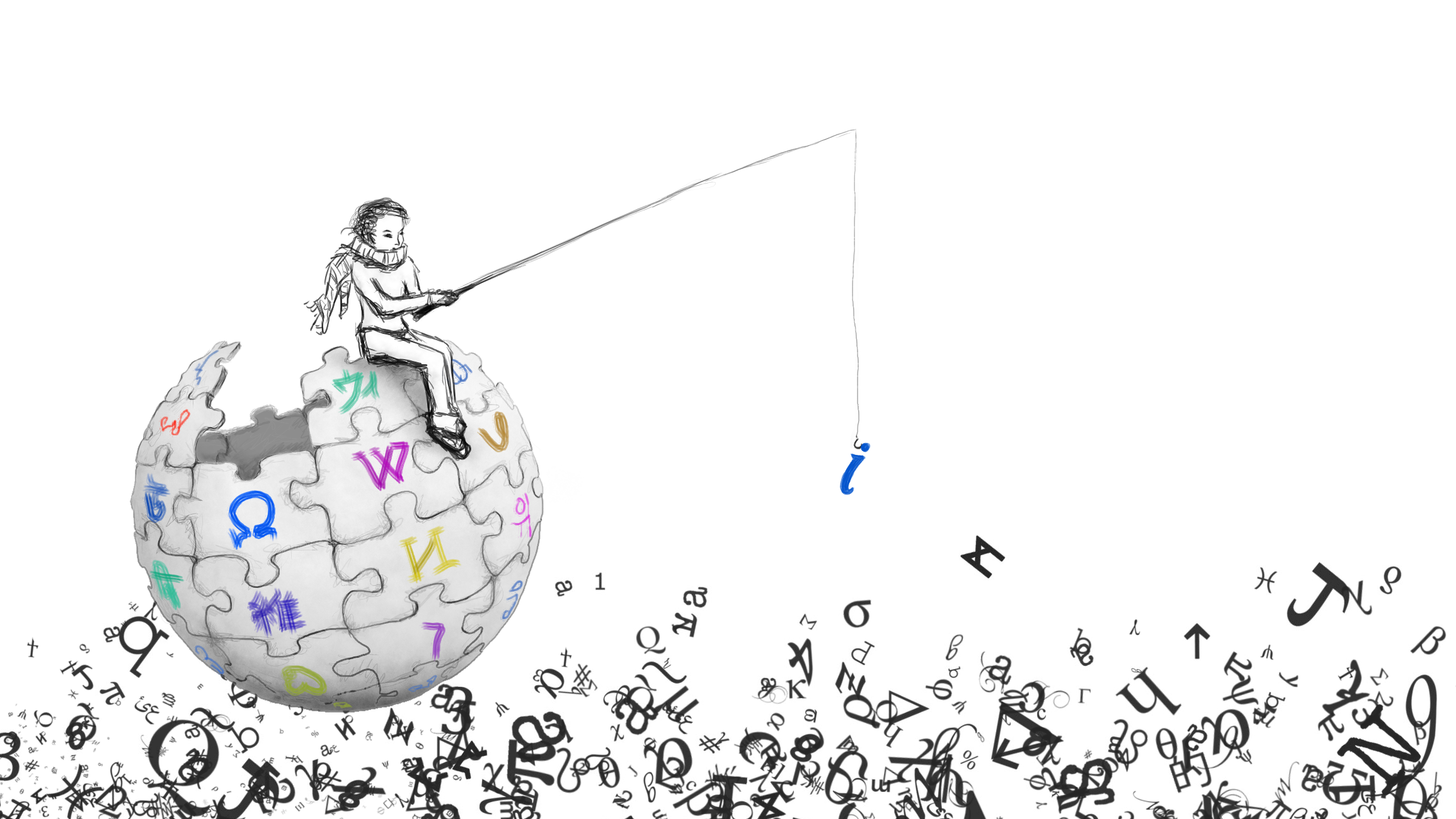Often in undergraduate research, we learn by reading and "discovering" for ourselves the things that other scholars have discovered, invented, or proposed before us. These bits of information that we are using for our own arguments and research, and perhaps synthesizing to create something new, belong to someone else, and we need to cite the original author or source.
Just like a treasure map left behind, the purpose of your citations and references page, is to help the reader understand where you got your ideas, and allow them to follow your path for them to reach the same understanding.
This guide offers links and videos to better understand the multiple citation styles, two bibliographic managers, as well as tips on organizing and selecting resources, and avoiding plagiarism.

image: wikicommons cc-by-sa